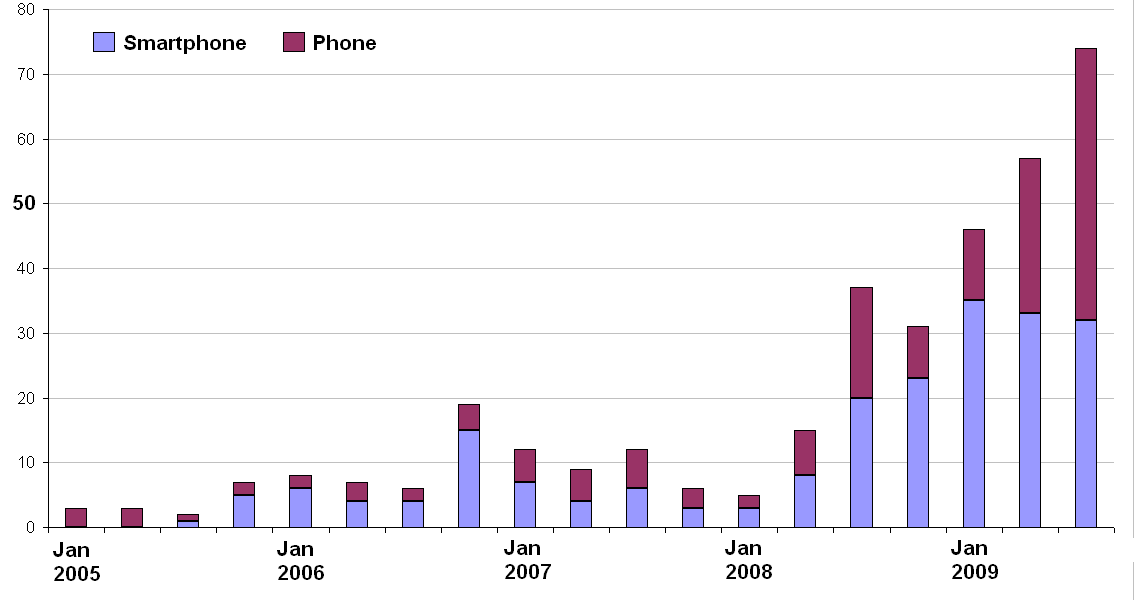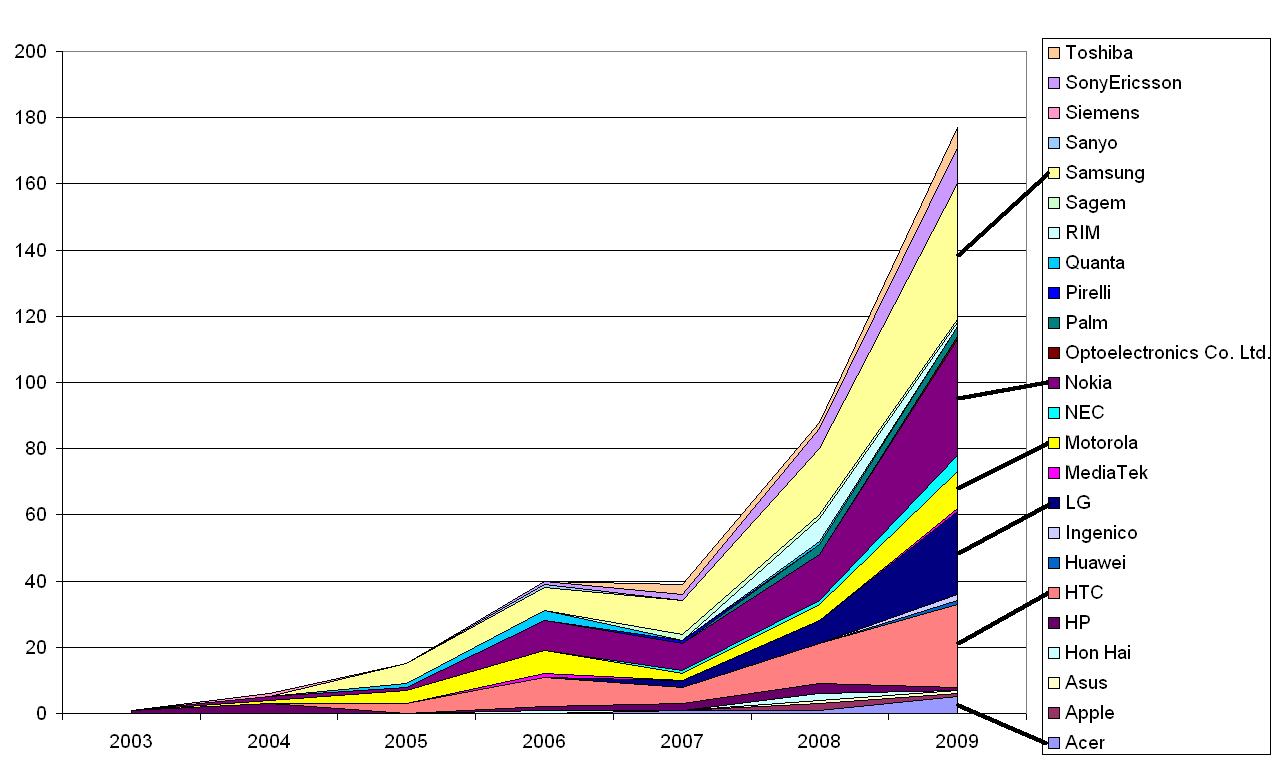Well, that last post on the likely deficiencies of VoIP on iPhones may turn out to have been overly pessimistic. It looks as though Hell is beginning to freeze over. Skype is now running on iPhones over the Wi-Fi connection, and for a new release it’s running relatively well. AT&T deserves props for letting it happen – unlike T-Mobile, which isn’t letting it happen and therefore deserves whatever the opposite of props is.
6 hours after it was released Skype became the highest-volume download on Apple’s AppStore. In keeping with Skype’s reputation for ease of use, it downloads and installs with no problems, though as one expects with first revisions it has some bugs.
My brief experience with it has included several crashes – twice when I hung up a call and once when a calendar alarm went off in the middle of a call. Another interesting quirk is that when I called a friend on a PC Skype client from my iPhone, I heard him answer twice, about 3 seconds apart. Presumably a revision will be out soon to fix these problems.
Other quirky behaviour is a by-product of the iPhone architecture rather than bugs, and will have to be fixed with changes to the way the iPhone works. The biggest issue of this kind is that it is relatively hard to receive calls, since the Skype application has to be running in the foreground to receive a call. This is because the iPhone architecture preserves battery life by not allowing programs to run in the background.
Similar system design characteristics mean that when a cellular call comes in a Skype call in progress is instantly bumped off rather than offering the usual call waiting options. I couldn’t get my Bluetooth headset to work with Skype, so either it can’t be done, or the method to do it doesn’t reach Skype’s exemplary ease of use standards.
Now for the good news. It’s free. It’s free to call from anywhere in the world to anywhere in the world. And the sound quality is very good for a cell phone, even though the codec is only G.729. I expect future revisions to add SILK wideband audio support to deliver sound quality better than anything ever heard on a cell phone before. The chat works beautifully, and it is synchronized with the chat window on your PC, so everything typed by either party appears on both your iPhone and PC screen, with less than a second of lag.
After a half-hour Skype to Skype conversation on the iPhone I looked at my AT&T bill. No voice minutes and no data minutes had been charged, so there appear to be no gotchas in that department. A friend used an iPod Touch to make Skype Wi-Fi calls from an airport hot-spot in Germany – he reports the call quality was fine.
The New York Times review is here


